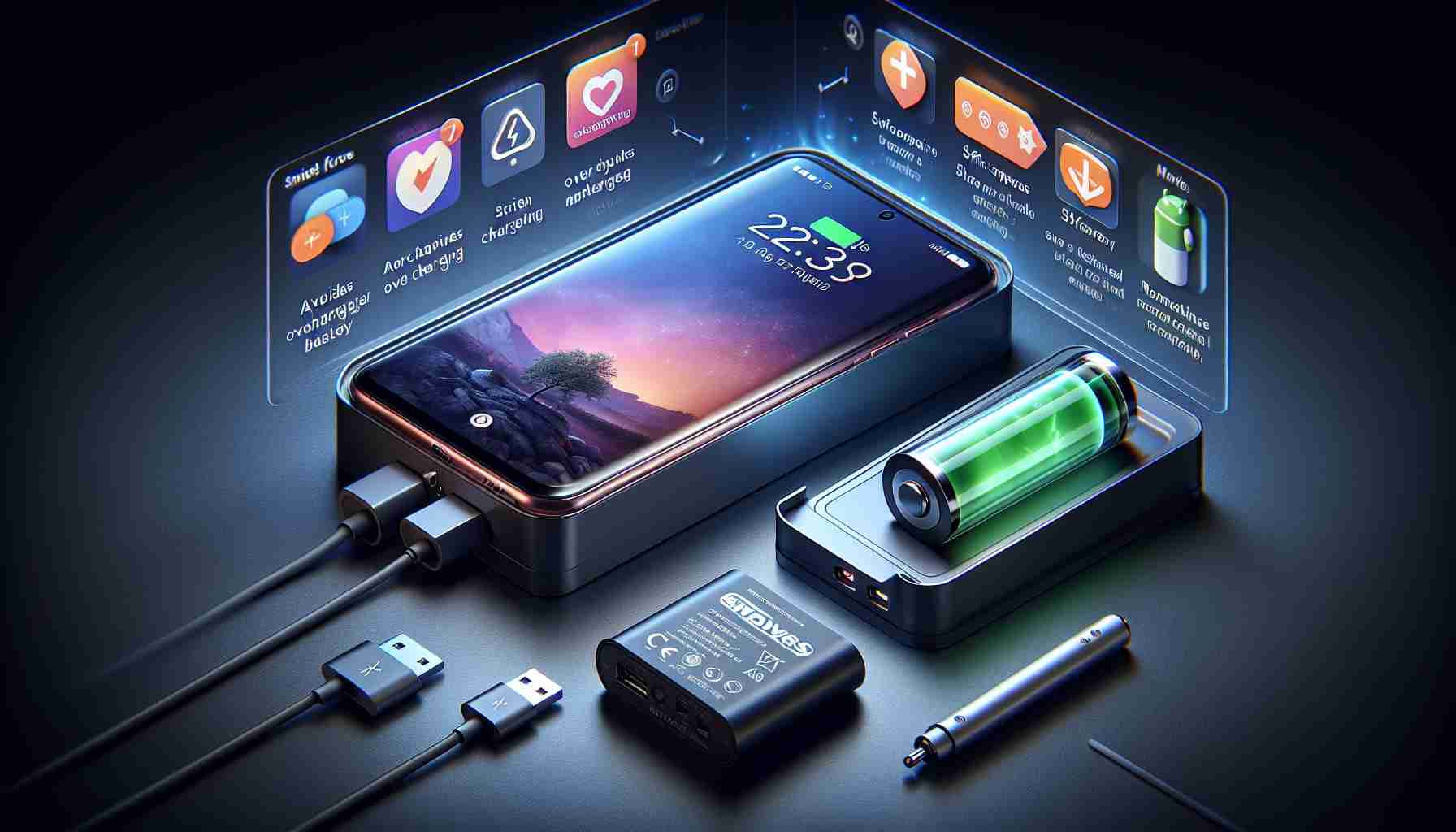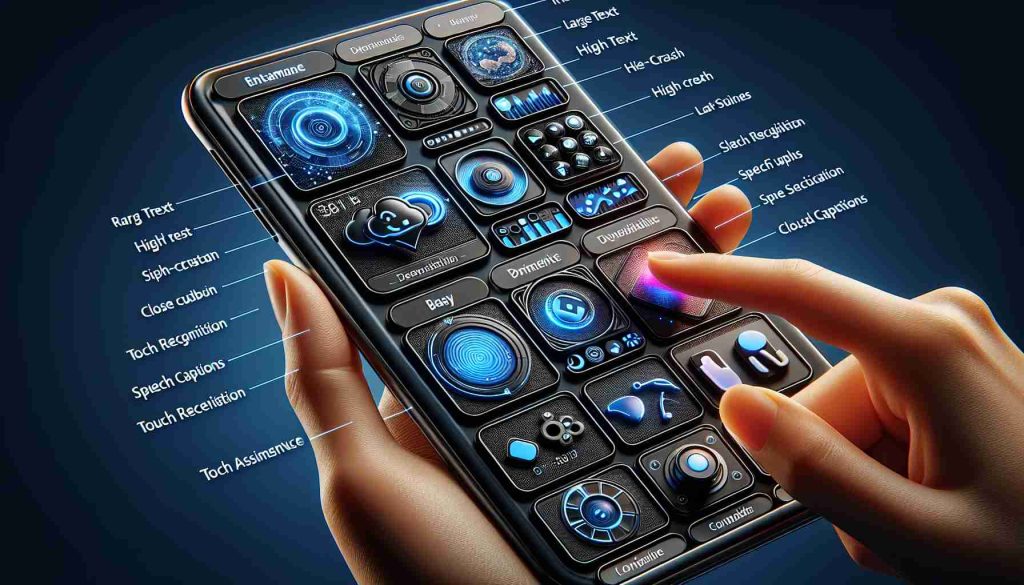In today’s world, many users retain their smartphones longer than ever before, primarily due to rising costs and less compelling upgrades. This shift underscores the importance of proper device maintenance. Experts believe that with diligent care, smartphones can last for five years or even longer.
One major factor affecting the lifespan of a smartphone is its battery. The longevity of rechargeable batteries doesn’t solely depend on age but rather on usage conditions such as temperature and charging habits. Manufacturers suggest that maintaining the battery charge above 50 percent can enhance its performance and longevity. Frequent complete discharges can lead to reduced overall capability.
Temperature extremes pose another risk to smartphone batteries. High heat can permanently diminish battery efficiency, and frigid conditions can similarly impair their function. Users should avoid exposing their devices to harsh weather by not leaving them in parked cars or direct sunlight.
Optimizing power settings offers another avenue for prolonging battery life. Adjusting screen brightness, altering theme settings, and disabling unused apps can significantly decrease power consumption. Both iOS and Android devices feature battery-saving modes that help extend usage time when power levels are low.
Protecting your device with quality cases and keeping it clean are also essential. Utilizing appropriate protective gear can mitigate accidental damage while routine cleaning can prevent dirt buildup that hinders functionality. Lastly, regularly updating software is crucial to ensure optimal performance and security.
Maximizing the Lifespan of Your Smartphone: Essential Tips and Considerations
In a fast-paced digital age, smartphones have become indispensable tools in our daily lives. However, the continuous evolution of technology and increasing subscription costs compel many users to extend the life of their devices. To maximize your smartphone’s lifespan, understanding key factors, challenges, and maintenance strategies is crucial.
What are the Major Challenges in Extending Smartphone Longevity?
One of the main challenges in maximizing a smartphone’s lifespan is the rapid pace of technological advancements. As new apps, software updates, and hardware capabilities emerge, older devices may struggle to keep up. Users may experience slower performance, limited app compatibility, and battery drain due to these changes.
Another challenge is the temptation to engage in excessive charging cycles. Many people mistakenly believe that charging their device overnight is harmless. However, this practice can lead to battery swelling and shortened battery health over time. Optimizing charging habits to include partial charges can mitigate this issue.
What Factors Can Greatly Extend Smartphone Longevity?
1. Upgrade and Maintenance: Regularly updating the operating system and apps is vital for both performance and security. Neglecting these updates can expose your device to vulnerabilities and bugs that might hamper its functionality.
2. Storage Management: Over time, smartphones can become cluttered with files, apps, and cached data. Regularly clearing out unused apps and media can free up space and improve performance. Utilizing cloud storage and investing in expandable storage options, if available, can also help manage this clutter.
3. Using Official Accessories: Utilizing official chargers and accessories can greatly impact battery health. Non-certified or cheap alternatives might deliver inconsistent power and can even damage your device.
4. Physical Protection: Using screen protectors and cases can protect against drops and scratches, which can physically impair the device’s functionality. However, care should be taken to select cases that do not trap heat, as overheating can lead to severe performance issues.
Are There Controversies Associated With Smartphone Lifespan Practices?
One ongoing debate concerns “planned obsolescence,” where manufacturers are often accused of intentionally designing products with a limited life span. This practice leads to consumer frustration as devices may slow down or have reduced functionality after a software update, prompting users to purchase new devices sooner than anticipated.
Moreover, in discussions about battery health, the ethics of fast charging versus slow charging sometimes arise. Fast charging is convenient, but some argue it may contribute to diminishing battery health over time, sparking debates among manufacturers and consumers regarding what practices should be encouraged.
Advantages and Disadvantages of Smartphone Longevity Practices:
Advantages:
– Extending device lifespan reduces electronic waste and diminishes the environmental impact.
– Cost savings from using existing devices instead of frequently upgrading.
– Better understanding of smartphone care cultivates mindfulness about technology use.
Disadvantages:
– Older devices might face compatibility issues with new apps or software updates.
– Extended use can sometimes lead to performance limitations, frustrating users.
– Maintenance practices can be requiring and may not be feasible for all users.
In conclusion, maximizing the lifespan of your smartphone requires a blend of diligent care, appropriate usage habits, and an understanding of the challenges posed by modern technology. By employing the strategies mentioned, users can enjoy prolonged use of their devices while contributing to sustainability within the tech industry.
For more resources on smartphone care, you can visit Android Central or Apple.




























